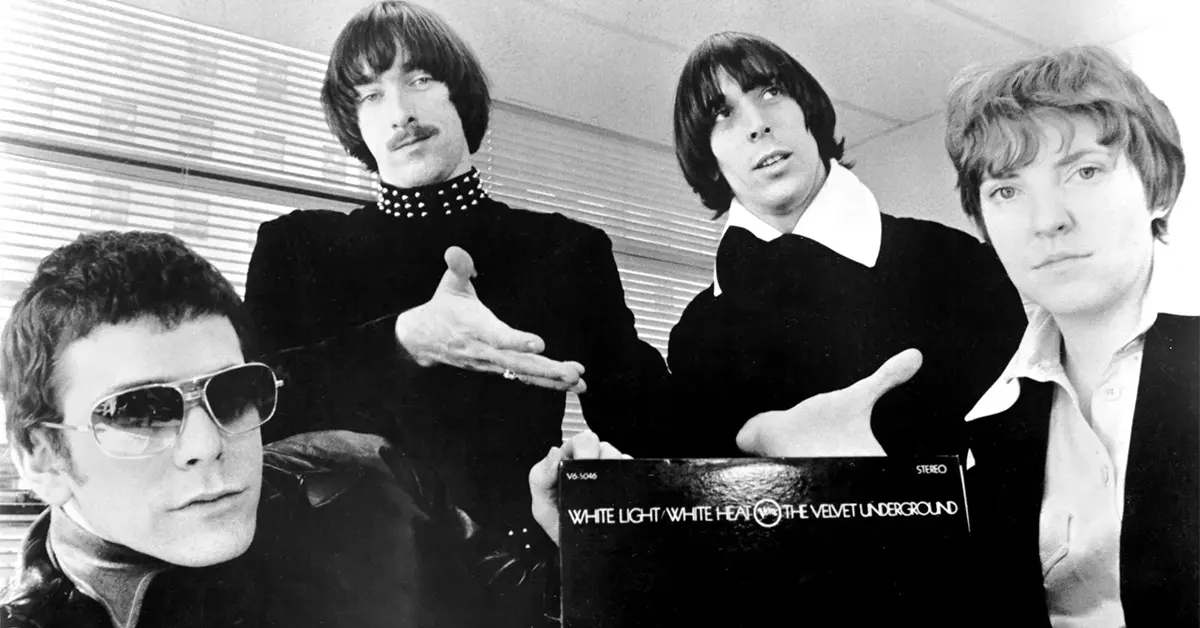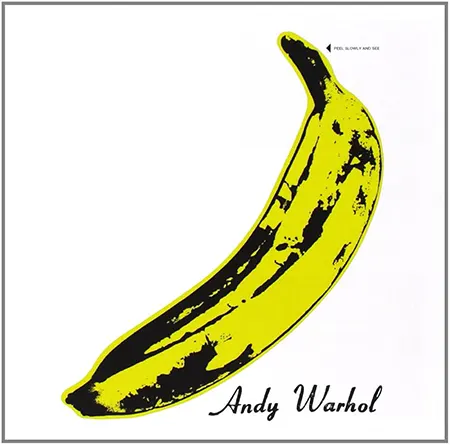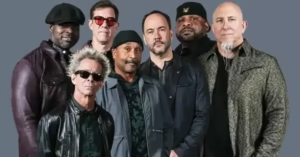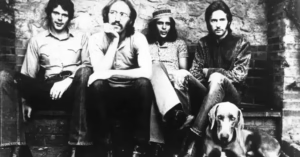The Velvet Underground: The Underground Architects of Art Rock
The Velvet Underground. A Revolutionary Sound Born in the Shadows
If rock music had an undercurrent, a secret language spoken among outcasts, artists, and visionaries, The Velvet Underground would be its original voice. Formed in the mid-1960s in New York City, the band never achieved massive commercial success during its active years, yet it left a seismic impact that would resonate for decades. The Velvet Underground merged raw rock ‘n’ roll energy with avant-garde aesthetics, experimental noise, and brutally honest lyrics, creating an entirely new vocabulary for alternative music.
The Velvet Underground. Origins: New York Art Meets Rock and Roll
The story of The Velvet Underground begins in 1964, when Lou Reed, a songwriter working at Pickwick Records, met John Cale, a classically trained violist from Wales who had been exploring minimalist and drone music. The fusion of Reed’s gritty street poetry and Cale’s avant-garde sensibilities would define the band’s signature sound.
They were soon joined by Sterling Morrison on guitar and Maureen “Moe” Tucker on drums—Tucker’s unique drumming style, played mostly standing with mallets on a simplified kit, would become a hallmark of their rhythm section.
The name “The Velvet Underground” was taken from a book about sexual subculture, setting the tone for the provocative and taboo-breaking themes that would permeate their music.
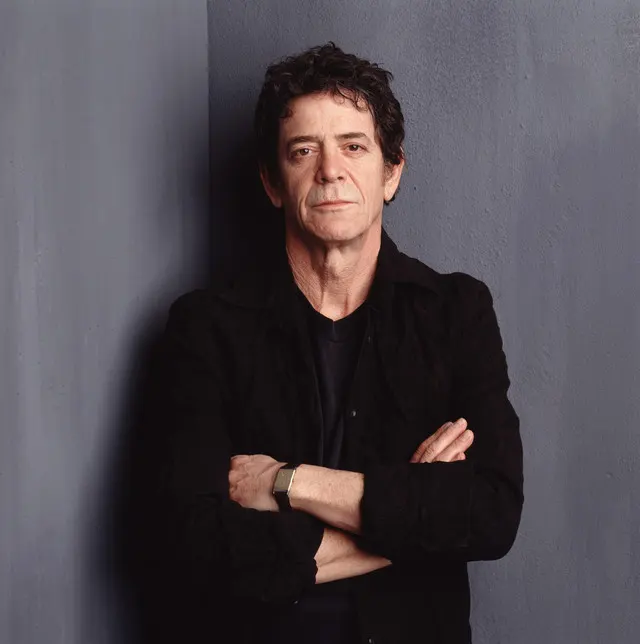
The Velvet Underground. Andy Warhol and The Exploding Plastic Inevitable
In 1966, The Velvet Underground was adopted and promoted by Andy Warhol, who became their manager and artistic mentor. Warhol introduced the band to Nico, a German model and singer, and insisted she be included in the group. The result was their iconic debut album:
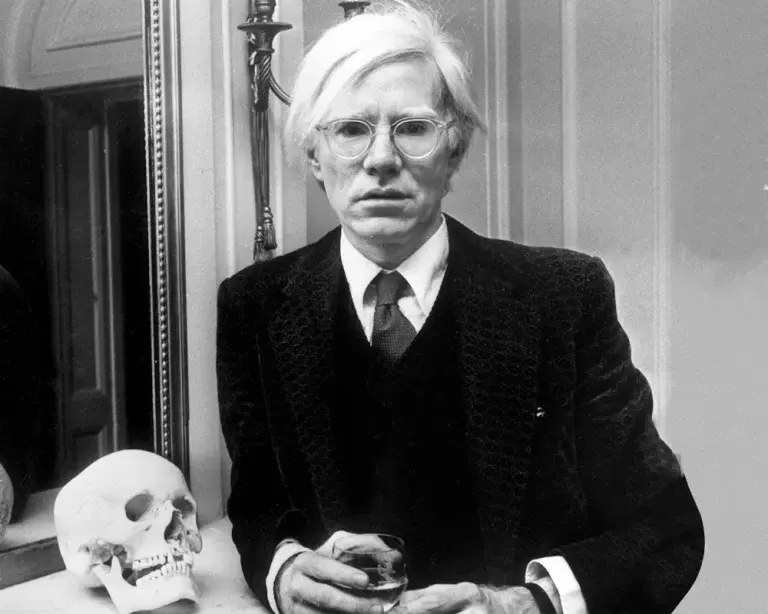
The Velvet Underground & Nico (1967)
Released with Warhol’s banana cover artwork, this album is now considered one of the most influential records in rock history. But at the time, it was a commercial failure. Its songs dealt with heroin addiction, sadomasochism, and alienation—far from the peace-and-love ethos of the flower-power era.
Highlights include:
- “Heroin”: a stark, nonlinear portrayal of addiction
- “I’m Waiting for the Man”: a gritty tale of scoring drugs in Harlem
- “Venus in Furs”: inspired by Sacher-Masoch’s novel, with droning violas and lyrics about BDSM
- “Sunday Morning”: a dreamlike, melancholic opener showcasing Nico’s haunting voice
Despite selling poorly, The Velvet Underground & Nico would later be regarded as the seed of punk, indie, and experimental rock.
Brian Eno famously said: “The first Velvet Underground album only sold 10,000 copies, but everyone who bought it formed a band.”
Musical Evolution: Raw, Loud, and Uncompromising
White Light/White Heat (1968)
With Nico and Warhol out of the picture, the band recorded this brutal, noisy, and uncompromising album. Its highlight, “Sister Ray,” is a 17-minute chaotic jam that practically invented noise rock. The record was abrasive, confrontational, and defiantly anti-commercial.
The Velvet Underground (1969)
John Cale was replaced by Doug Yule, and the band moved toward a softer, more introspective sound. Songs like “Pale Blue Eyes” and “Candy Says” revealed Lou Reed’s tender, poetic side. The album didn’t chart, but it became a cult favorite, admired for its emotional honesty and restraint.
Loaded (1970)
Designed to be more radio-friendly, Loaded featured upbeat, catchy songs like “Sweet Jane” and “Rock & Roll.” Yet by this point, the band was unraveling—Reed left the group before the album’s release, frustrated by label pressures and internal conflicts.
The Velvet Underground. Aftermath and Legacy
Following Lou Reed’s departure, the band tried to continue with Doug Yule at the helm, but The Velvet Underground in name only didn’t last. By 1973, the group had effectively disbanded.
Yet their influence only grew with time. In the late 1970s and early ‘80s, punk and post-punk bands like the Sex Pistols, Joy Division, and Sonic Youth cited them as a major influence. Their lo-fi ethos, lyrical realism, and experimental leanings became the foundation for alternative music.
Lou Reed would go on to a successful solo career, including the legendary Transformer album (produced by David Bowie), while John Cale would also find acclaim in the art-rock and classical avant-garde worlds.
In 1996, The Velvet Underground was inducted into the Rock and Roll Hall of Fame, long after their groundbreaking work had finally been recognized by the mainstream.
The Velvet Underground. The Band’s Impact in Numbers and Culture
- Years Active: 1964–1973 (original incarnation), reunion in 1993
- Studio Albums: 4 core studio albums during their original run
- Influence: Sparked the birth of punk, noise rock, indie, goth, shoegaze, and alternative
- Famous Fans: David Bowie, Kurt Cobain, Patti Smith, U2, R.E.M., Beck
- Legacy: Described as the most influential band never to be commercially successful during their time
Iconic Songs
- “Heroin” – A song that defied convention, using music to mimic the high and crash of addiction
- “Sweet Jane” – A rock classic later covered by many artists
- “Venus in Furs” – Gothic and erotic, setting a tone for future underground rock
- “Pale Blue Eyes” – Delicate, tragic, and emotionally revealing
- “Rock & Roll” – An ode to the life-saving power of music itself
Final Thoughts: The Ultimate Cult Band
The Velvet Underground may not have topped the charts or sold out stadiums, but they altered the DNA of modern music. They weren’t just ahead of their time—they created a parallel timeline, one that would only be fully appreciated years later. Their work continues to inspire musicians, filmmakers, and artists seeking to break boundaries and speak truths others are afraid to utter.

